What Is Germanium Used For and Why Is It So Valuable?
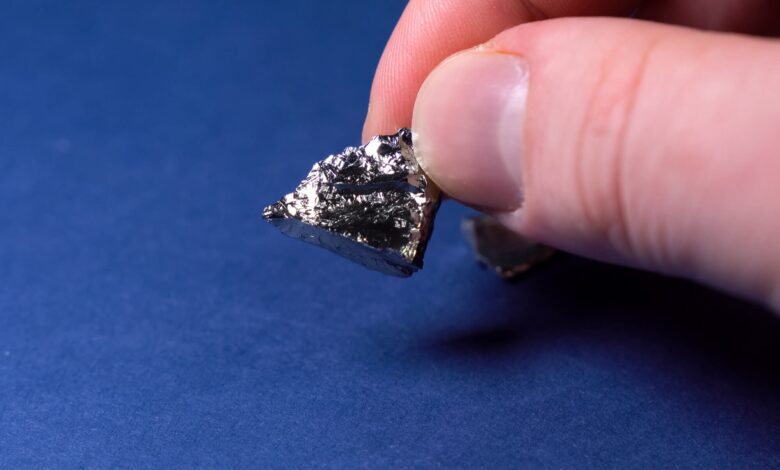
If your business handles scrap materials from electronics, fiber optics, or semiconductors, there’s a good chance germanium is passing through your hands. And you may not even realize it.
Germanium is one of those materials that quietly supports some of the most advanced technologies.
It doesn’t get the same headlines as gold, lithium, or rare earth elements, but it plays a pivotal role in everything from night vision devices to solar panels.
Pay Attention to Germanium
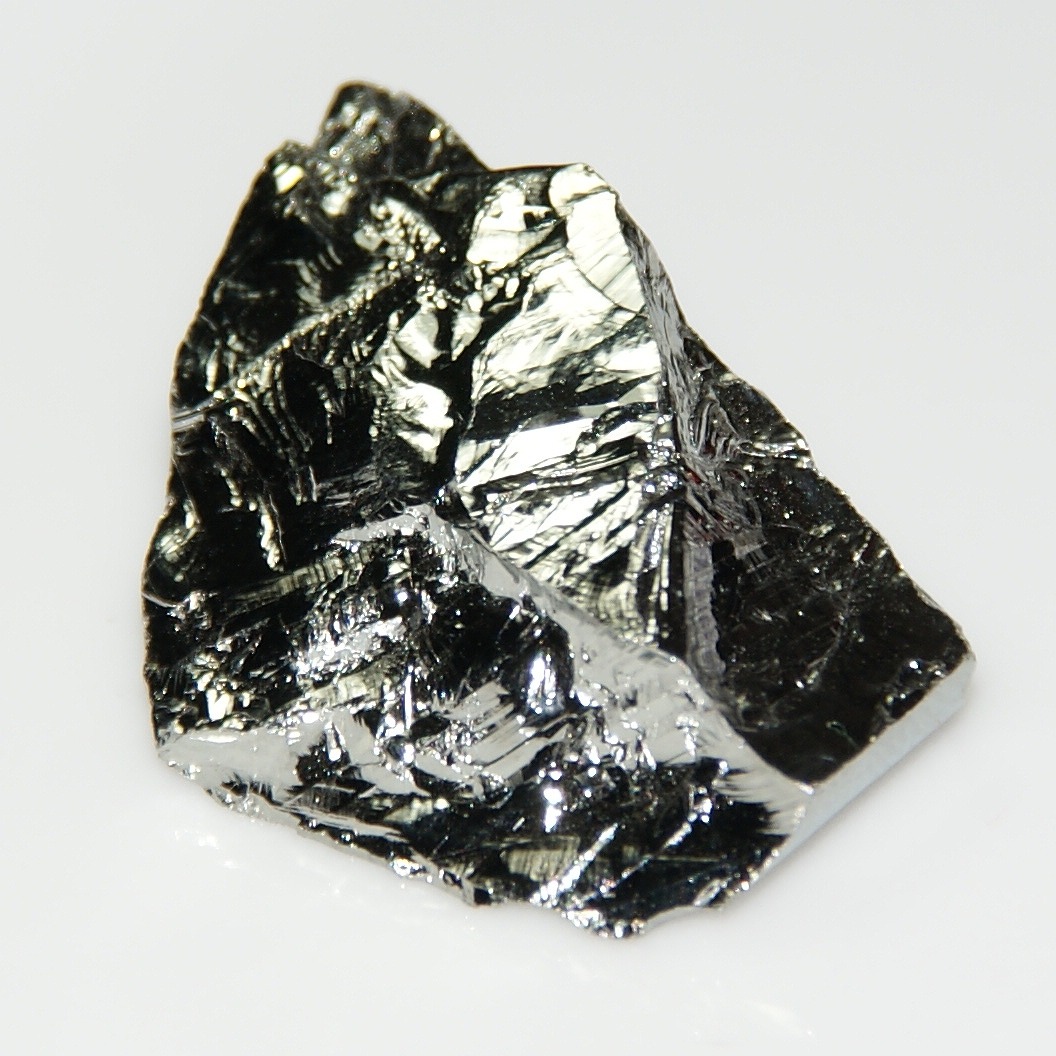
So what makes germanium valuable? And where is it used? We’re going to cover all of that today!
Germanium in Fiber Optics
One of the biggest uses for germanium today is in fiber optic cables.
To carry light signals across long distances, fiber optic cables need a material in the core that adjusts the way light travels through it. Germanium oxides and dioxide is added to the glass core to change its refractive index.
This small adjustment helps light signals stay strong and focused, even as they travel hundreds or thousands of miles.
Without germanium, modern internet infrastructure wouldn’t work the way it does.
Telecom networks rely on millions of miles of fiber optic cables laid underground or underwater.
Each of those cables may contain trace amounts of germanium, multiplied across the entire system, that adds up to serious value.
Germanium and Infrared Optics
Germanium has another unique quality: it’s transparent to infrared light.
That makes it ideal for infrared optics, such as thermal imaging cameras, night vision scopes, and IR sensors. You’ll find germanium lenses in everything from firefighting gear to military-grade surveillance systems.
Unlike regular glass, germanium can transmit infrared light without distortion, which is key to generating clear images in dark or smoky environments.
Its high refractive index and ability to withstand wide temperature ranges make it a go-to material for these high-performance optical systems.
Germanium in Semiconductors
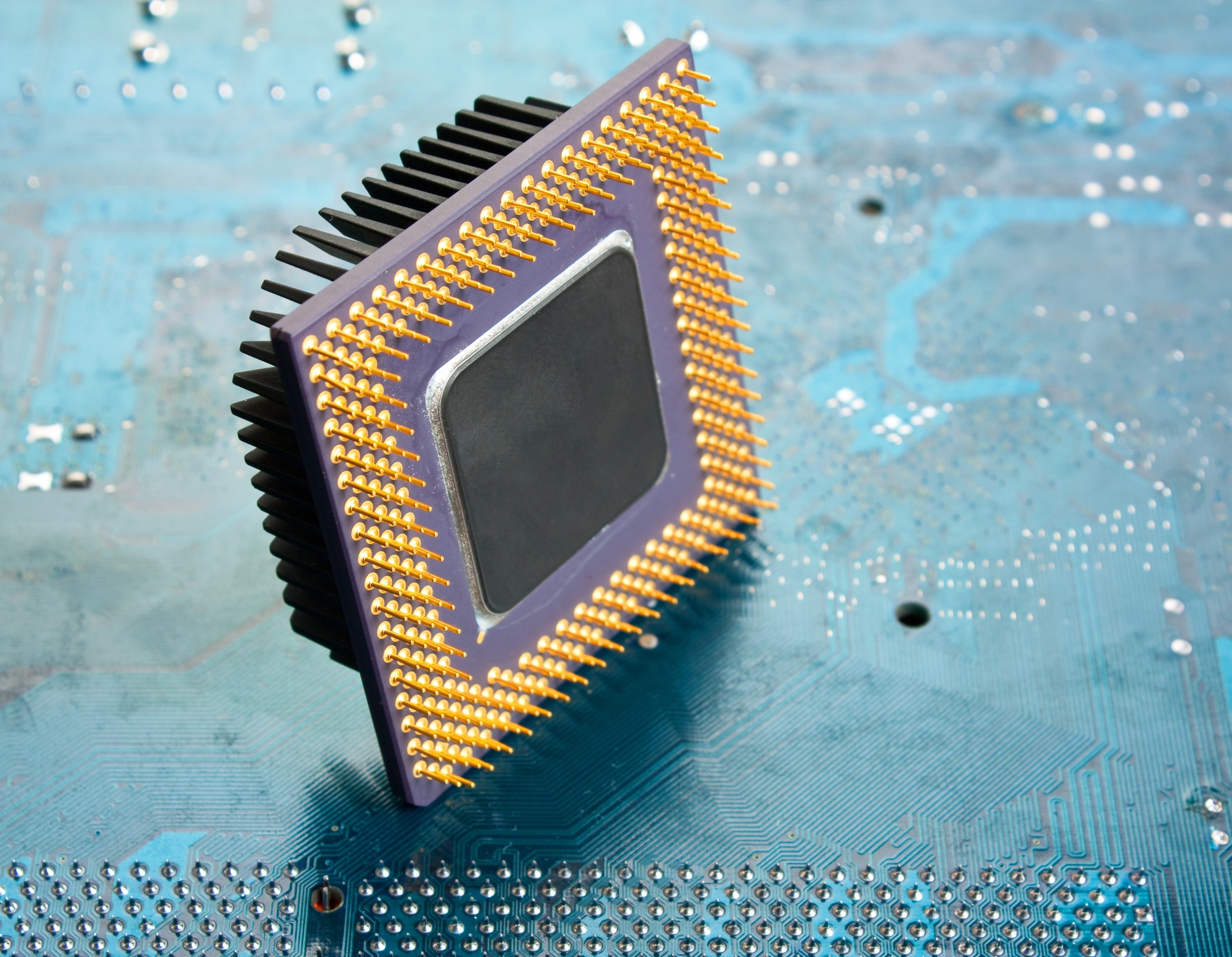
Before silicon became the standard in semiconductors, germanium was the original material used in early transistors.
Even today, it still plays a role.
Germanium is often used in silicon-germanium (SiGe) chips, which offer higher performance than pure silicon in certain applications. These hybrid chips are commonly used in high-frequency electronics, such as RF circuits, satellite communication systems, and GPS receivers.
As electronics continue to shrink in size and grow in capability, materials like germanium are being re-evaluated for their potential to support next-generation designs.
Germanium and Solar Panel Production
Germanium is also valuable in solar panel manufacturing, particularly in space applications.
Some of the most efficient solar cells, called multi-junction cells, are built on a germanium substrate. These panels are used on satellites, spacecraft, and other systems that need to generate power reliably in extreme conditions.
On Earth, germanium-based solar tech hasn’t taken off to the same degree due to cost. But its role in high-efficiency designs makes it indispensable for specialized use cases, especially in aerospace and defense.
How Germanium Is Recovered
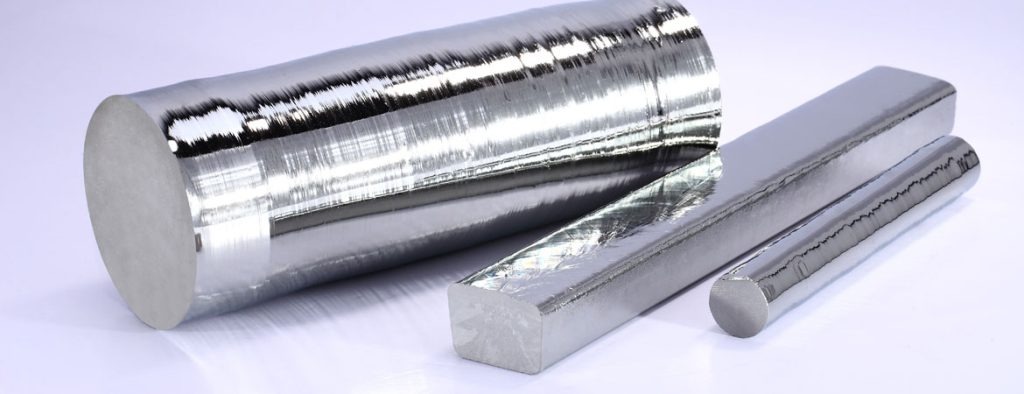
Unlike copper or aluminum, germanium doesn’t show up in large visible chunks. It’s usually embedded in glass, semiconductors, or thin layers of coatings. That makes recovery more challenging—but also more important.
Scrap yards and recovery facilities that handle telecom equipment, military optics, or solar components might already have access to germanium-rich scrap.
The trick is knowing how to extract it.
Depending on the source material, recovery may involve distillation, leaching, or vacuum smelting. Specialized processes are needed to isolate germanium from other compounds, especially when it appears in oxide form.
For a detailed look at how this works, read Germanium Recovery: Advanced Techniques for Maximum Yield. It covers the methods professionals use to extract germanium and how your operation can recover more value from each batch of scrap.
Why the Value Keeps Rising
Germanium isn’t traded on open markets like gold or copper, but its price reflects tight supply and rising demand.
Most of the world’s germanium supply is a byproduct of zinc ore processing. That means availability can fluctuate depending on the global zinc market.
At the same time, demand continues to grow in fiber optics, infrared imaging, and aerospace applications. In 2023, the U.S. government added germanium to its list of “critical minerals” due to its strategic importance and limited domestic production.
China has historically been the dominant producer, which creates uncertainty for buyers in North America and Europe. Trade restrictions or export controls can send prices upward with little warning.
All these factors contribute to germanium’s growing value, especially when scrap offers a reliable source.
Where to Look for Germanium in Scrap

If your business handles electronic scrap, consider looking more closely at the following:
- Fiber Optic Cabling: Core sections doped with germanium dioxide may be recyclable depending on the glass recovery method used.
- Thermal and Night Vision Equipment: Germanium lenses and windows are common in military and firefighting gear.
- Satellite and Space Equipment: Solar panel components and power systems may contain germanium substrates.
- Semiconductor Manufacturing Waste: Wafer scraps from SiGe chips can be a source of recoverable material.
Why Germanium Recovery Is Worth the Effort
Recovering germanium from scrap isn’t always straightforward, but it can be worth the investment for companies already processing high-tech materials.
Even small yields can offer value when added up across months of equipment turnover. And for businesses that already separate and process telecom or electronics scrap, adding germanium to the recovery lineup may not require major changes—just the right tools and knowledge.
Instead of letting valuable material get lost in the mix, targeted recovery allows you to get more from what you’re already collecting.
Wrapping Up: Your Key Takeaways and How to Make Germanium Part of Your Recovery Strategy
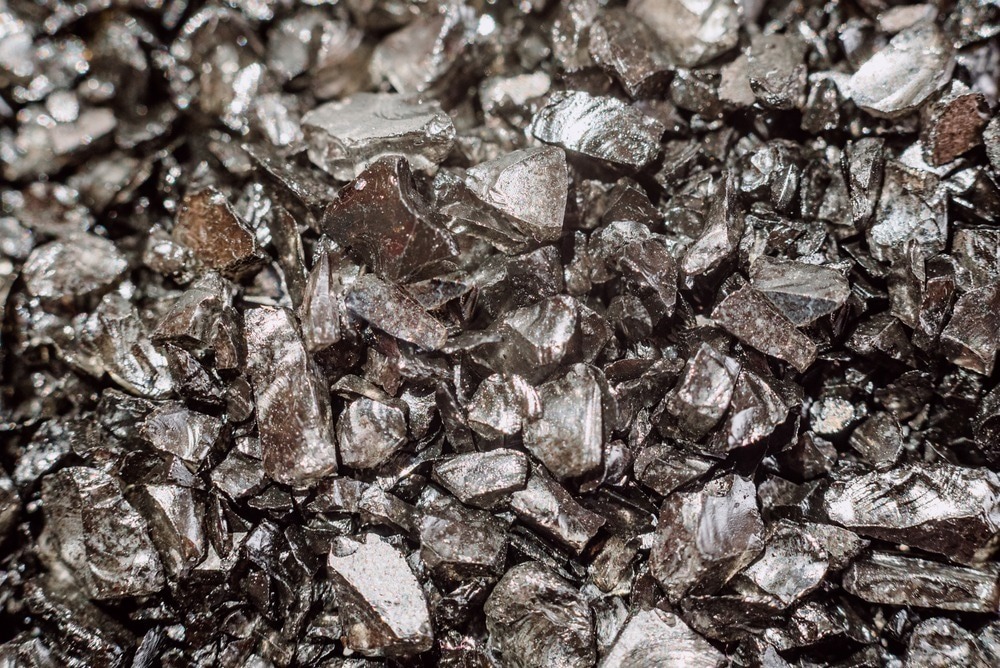
- Germanium is used across an impressive variety of high-value industries, including fiber optics, infrared imaging, semiconductors, and aerospace-grade solar panels.
- It often appears in small quantities, embedded in glass, coatings, or electronics, which makes it easy to overlook, but highly valuable when recovered correctly.
- The global supply is limited, and demand continues to grow, especially in telecommunications and defense sectors.
- Germanium is classified as a strategic material in the U.S., with prices influenced by international trade and production bottlenecks.
- Scrap yards and recyclers that process fiber optics, infrared optics, or semiconductor waste may already be handling germanium without realizing its potential.
- With the right processes in place, recovering germanium from scrap can increase profitability and reduce resource waste.
Germanium isn’t something most people think about when they throw out an old modem, optic lens, or solar array. But for recyclers and scrap professionals, it’s a hidden asset worth paying attention to.
Its applications in fiber optics, infrared technology, semiconductors, and space-grade solar panels make it a material with staying power and rising value.
If your operation handles materials that may contain germanium, take time to assess your recovery process.
You could be missing out on a reliable source of value that’s already sitting in your scrap bins.
To help you capitalize on the value of germanium and other scrap, contact Scrap Gators in Fort Pierce, Florida, for expert scrap metal removal services.